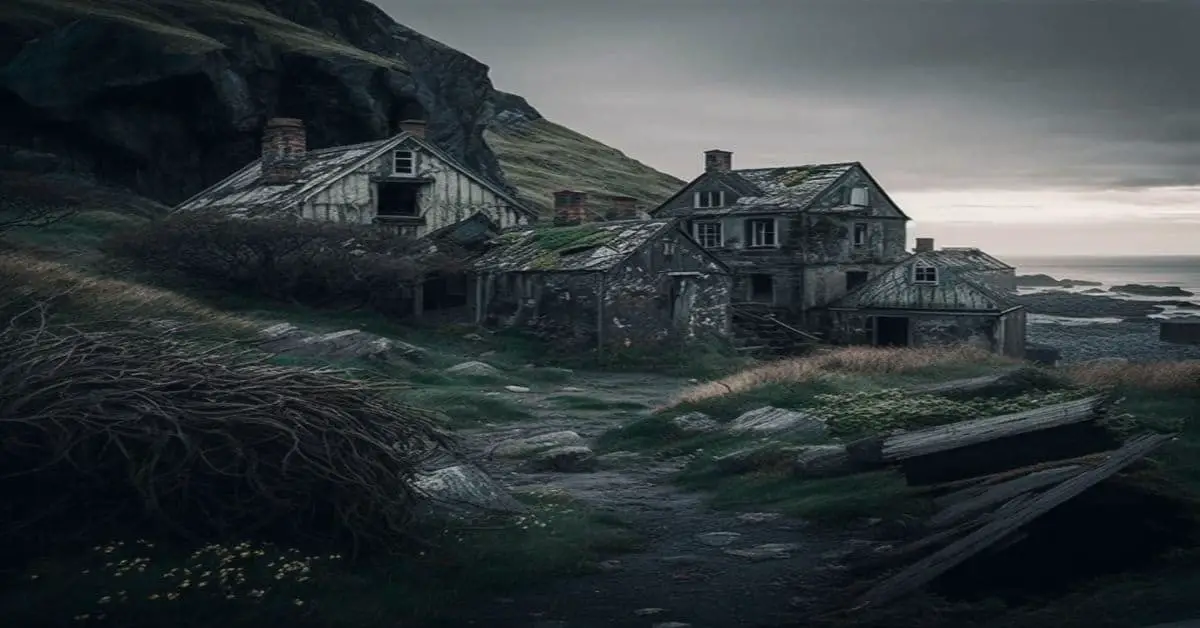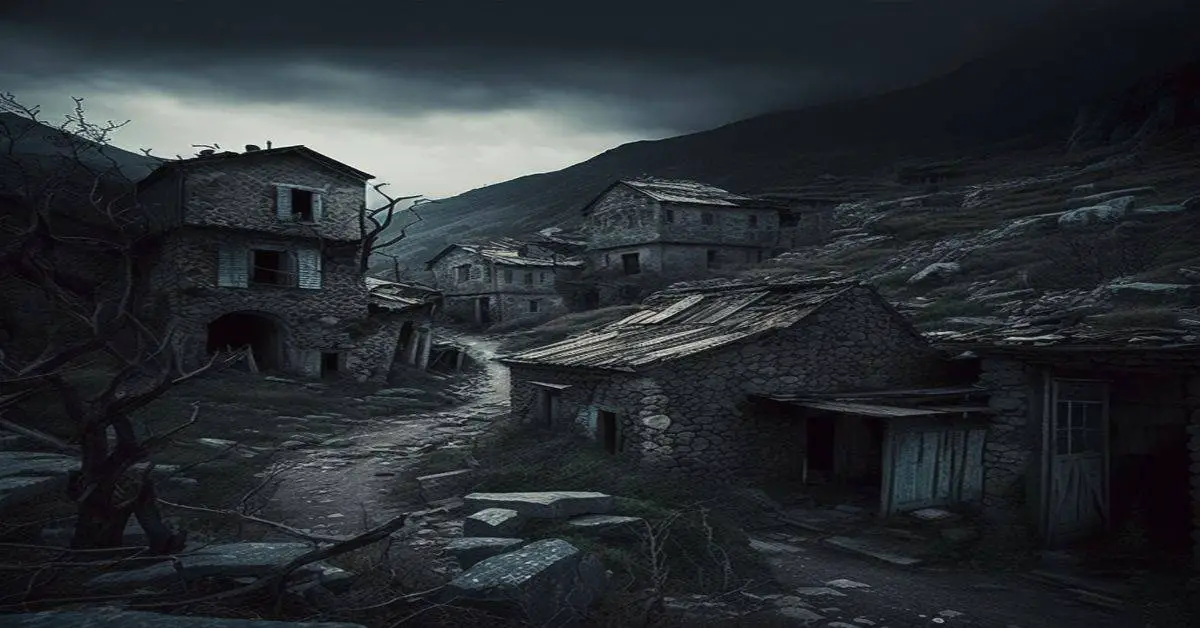As you wander through the abandoned towns of Wasco County, the silence is deafening. The only sounds are the rustling of leaves and the creaking of decaying buildings. The towns were once bustling centers of industry and commerce, but now they stand as mere shadows of their former selves. Despite their abandonment, these ghost towns hold a unique allure, offering visitors a glimpse into the past and the chance to explore a different time.
The ghost towns of Wasco County in Oregon are a testament to the region’s history and the changes that have occurred over time. While the towns may be abandoned and decaying, they remain significant representations of the past. From the reasons for their abandonment to the legends and ghost stories surrounding them, exploring these ghost towns is a fascinating experience.
In this article, we will delve into the history, legends, and abandonment of the ghost towns of Wasco County, providing readers with a detailed and informative guide to these remarkable places.
Key Takeaways
- Oregon’s Wasco County has several ghost towns that were once thriving centers of industry and commerce but were abandoned due to economic factors and population loss.
- Some examples of ghost towns in Wasco County are Shaniko, which played a significant role in the wool industry during the late 1800s, and Friend, a thriving community during the early 1900s but is now mostly abandoned.
- Preservation and promotion of tourism efforts are ongoing in the county, with the Wasco County Historical Society actively involved in preserving the ghost towns and organizing community events and tours to showcase their rich history and architecture. However, there are concerns about the impact of increased tourism on the fragile and deteriorating structures, and efforts are being made to strike a balance between preservation and responsible tourism.
Locations and Descriptions
For instance, the town of Shaniko, once known as the ‘Wool Capital of the World,’ played a significant role in the wool industry during the late 1800s. Today, the town features several well-preserved buildings, including the Shaniko Hotel and the Shaniko Schoolhouse Museum, which glimpse the town’s past.
Another ghost town worth exploring is Friend, which was once a thriving community during the early 1900s. Only a few buildings remain today, including the Friend Church, which is a testament to the town’s religious roots.
Exploring these abandoned towns offers a fascinating glimpse into history and highlights the impact of abandoned communities on the local area.
By exploring these ghost towns, visitors can gain a deeper understanding of these abandoned communities’ impact on the local area and appreciate the unique cultural heritage they represent.
Reasons for Abandonment
One of the most striking reasons for the mass exodus from these once-thriving towns was the sudden collapse of the industries that sustained them. Once a bustling hub of agricultural and mining activities, Wasco County saw a significant decline in the early 20th century.
The region’s agricultural sector was hit by environmental factors such as droughts and soil erosion, leading to a decline in crop production. Similarly, the mining industry suffered a major setback due to the depletion of resources and competition from other regions. As a result, many people left the area for better opportunities, leaving behind their homes and businesses.
In addition to the decline of industries, economic factors also played a significant role in abandoning the ghost towns in Wasco County. The Great Depression of the 1930s dealt a severe blow to the region’s economy, leading to widespread poverty and unemployment. The lack of job opportunities forced many residents to move to urban areas for work, leaving behind their homes and communities.
The population loss led to a decline in services, making it increasingly difficult for those who remained to make a living. Ultimately, a combination of environmental and economic factors led to the abandonment of these once-vibrant towns, leaving only remnants of a once-thriving past.
Preservation and Tourism
Efforts to preserve and promote tourism in the remaining ghost towns of Wasco County have been ongoing in recent years, focusing on these abandoned communities’ unique cultural and historical significance.
The Wasco County Historical Society has been actively involved in preserving the ghost towns, organizing community events and tours to showcase the towns’ rich history and architecture. Additionally, the society has partnered with local businesses and government agencies to develop tourism opportunities that can benefit the area economically.
The impact of preservation and tourism on the community has been largely positive. The increased interest in the ghost towns has boosted local businesses, including hotels, restaurants, and shops. The preservation efforts have also helped foster community pride and interest in the region’s history.
However, there are also concerns about the impact of increased tourism on the fragile and often deteriorating structures of the ghost towns. The Wasco County Historical Society continues working with local organizations to balance preservation efforts and responsible tourism.
Frequently Asked Questions
Are there any ghost towns in Wasco County that have been completely restored and are now inhabited?
No restored ghost towns exist in Wasco County, like a phoenix rising from the ashes. The impact on the community of restoring abandoned towns is unknown, but preservation efforts continue.
Have any paranormal investigations been conducted in the ghost towns of Wasco County?
No records of paranormal investigations or supernatural activity in Wasco County’s ghost towns have been found. However, some ghost stories and legends exist. Further research is needed to confirm their authenticity.
Are any unique or unusual artifacts or structures remaining in the ghost towns?
Abandoned structures and historical artifacts are still present in the ghost towns of Wasco County, Oregon. These remnants offer a glimpse into the past industries and economies of the towns, and serve as a reminder of their cultural and historical significance.
What impact did the ghost towns have on the development of modern-day Wasco County?
The ghost towns in Wasco County significantly impacted the local economy, including the decline of former industries such as mining and logging. Preservation efforts have been made to maintain these abandoned towns’ cultural and historical significance.
Are there any local legends or folklore associated with the ghost towns that aren’t well-known?
Local folklore and forgotten tales associated with some of Wasco County’s ghost towns remain unknown. Abandoned mysteries and ghostly tales may still linger, waiting to be discovered as the area’s history continues to be explored.


